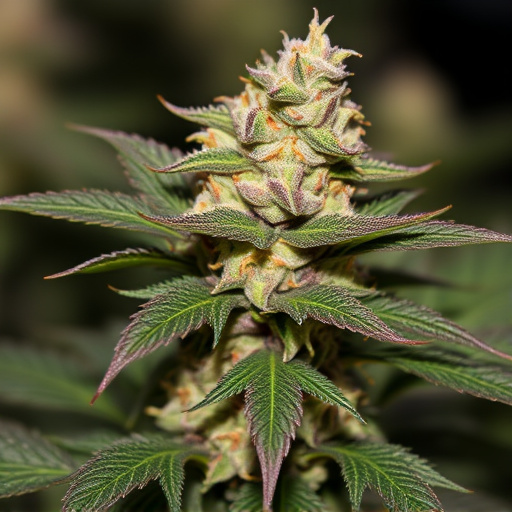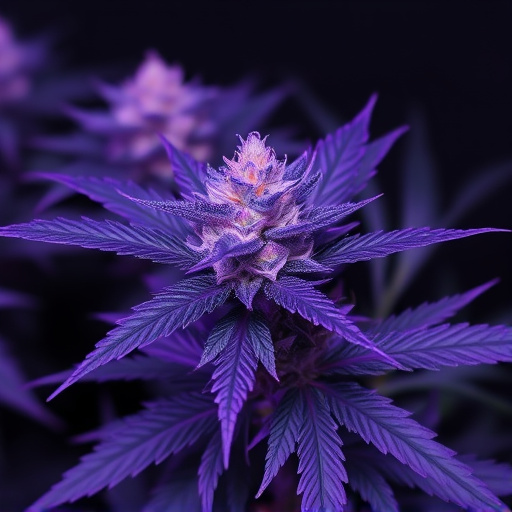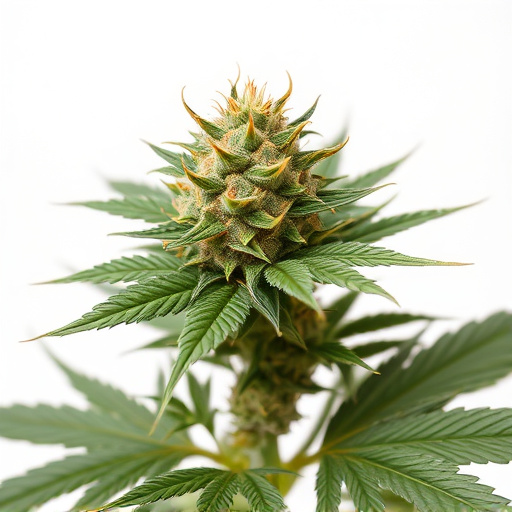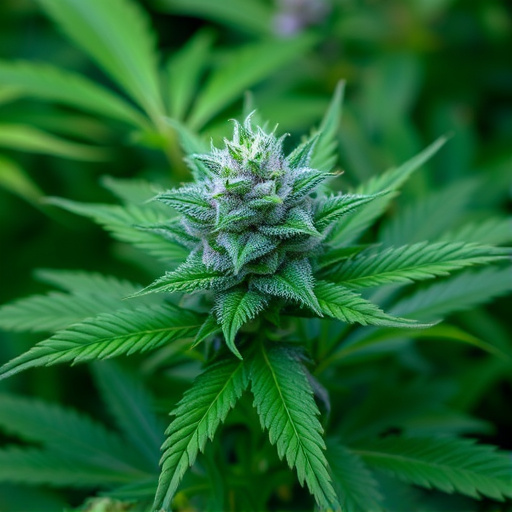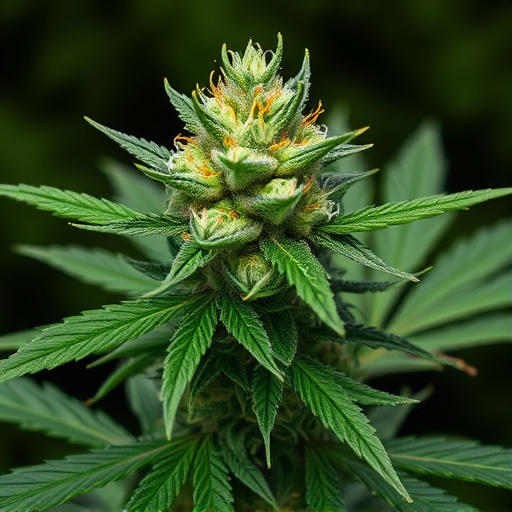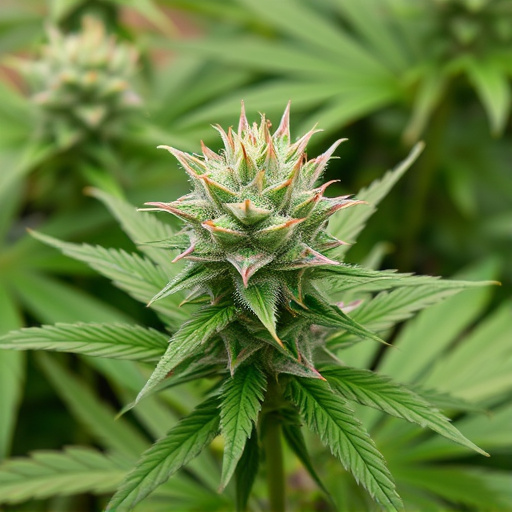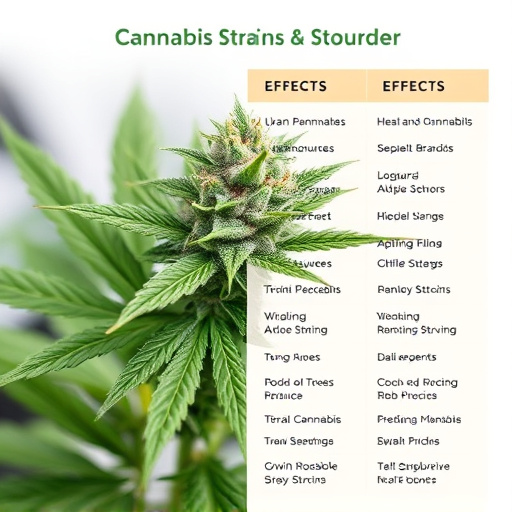Cannabis overdoses, though less common than with prescription drugs or opioids, are a growing concern due to unpredictable effects of high-potency strains containing elevated THC and CBD. Symptoms range from rapid heartbeat to psychotic episodes and are influenced by mental health history, tolerance, and environment. Responsible cannabis use requires understanding these risks, personal limits, and researching milder, more balanced cannabis strains and effects. After an overdose, rehydration and medical attention are crucial for safe recovery and preventing future incidents.
“Have you ever experienced a cannabis overdose? While it might sound counterintuitive, it’s more common than you think. This article guides you through understanding cannabis overdoses—their causes, symptoms, and how they differ from typical cannabis experiences. We’ll then walk you through the recovery process, emphasizing safety with practical steps from hydration to medical care. Finally, learn strategies to avoid future incidents by choosing strains wisely and setting personal limits, ensuring a safe and enjoyable exploration of cannabis’s effects.”
- Understanding Cannabis Overdoses: Causes and Symptoms
- Steps for Safe Recovery: From Hydration to Medical Care
- Avoiding Future Incidents: Choosing Strains Wisely and Setting Limits
Understanding Cannabis Overdoses: Causes and Symptoms

Cannabis overdoses, while less common than those associated with prescription drugs or opioids, can occur and it’s crucial to understand their causes and symptoms. Unlike popular belief, cannabis isn’t physically addictive, but its effects can be unpredictable, especially when consumed in high concentrations. Overdosing is often linked to potent cannabis strains, where the active compounds THC (tetrahydrocannabinol) and CBD (cannabidiol) are present in extremely high levels. The powerful psychological effects of these strains can lead to a range of symptoms, from severe anxiety and paranoia to intense hallucinations and delusions.
The symptoms of a cannabis overdose may manifest differently depending on the individual, but they typically include rapid heartbeat, dizziness, panic attacks, and disorientation. In some cases, users might experience a distorted sense of time and space, or even temporary psychotic episodes. It’s important to note that these effects can be heightened by other factors such as an individual’s mental health history, tolerance level, and the environment in which cannabis is consumed. Understanding these potential outcomes encourages responsible use and awareness of one’s personal limits when engaging with different cannabis strains and their varying effects.
Steps for Safe Recovery: From Hydration to Medical Care
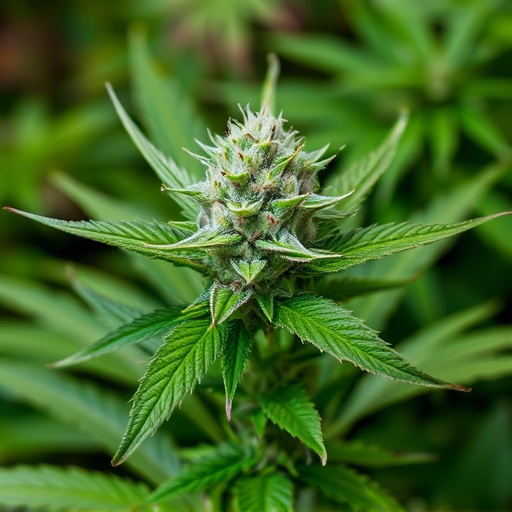
After experiencing a cannabis overdose, recovering safely involves several essential steps. The first priority is rehydration; drinking plenty of water can help flush out the system and alleviate some of the unpleasant symptoms associated with cannabis intoxication. Staying hydrated also assists in maintaining overall health and promoting faster recovery.
Seeking medical attention is another crucial step. Healthcare professionals can provide guidance tailored to your specific situation, especially if you’ve consumed a potent cannabis strain with unknown or unexpected effects. They can monitor vital signs, ensure there are no adverse reactions, and offer recommendations for managing anxiety, paranoia, or any other unsettling feelings that may arise during recovery.
Avoiding Future Incidents: Choosing Strains Wisely and Setting Limits
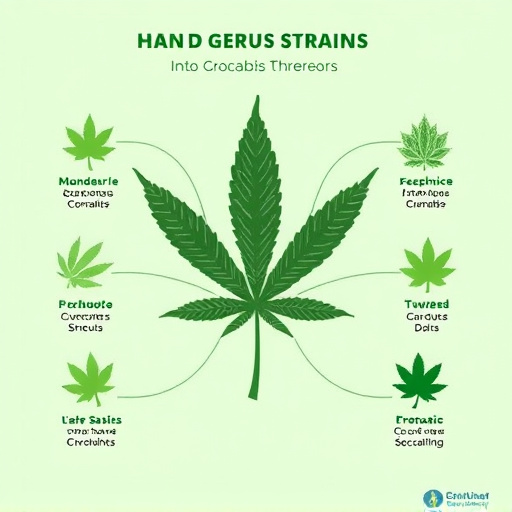
When recovering from a cannabis overdose, one key step is learning from the experience to avoid future incidents. A crucial aspect of this process is understanding different cannabis strains and their varying effects. Not all strains are created equal; some can be more potent than others in terms of THC content and overall impact on the body and mind. Researching and selecting strains with milder, more balanced profiles can help prevent overwhelming doses.
Additionally, setting clear limits for personal consumption is essential. This involves knowing your tolerance levels and sticking to them. Start with smaller amounts and gradually increase if needed, always being mindful of how your body reacts. By making informed choices about cannabis strains and practicing responsible use, individuals can enjoy the benefits without running the risk of an overdose.
In conclusion, understanding how to recognize and recover from a cannabis overdose is paramount for any user. By being aware of different cannabis strains and their potential effects, setting personal limits, and seeking medical care when needed, individuals can safely navigate the experience. Staying hydrated and informed are key steps in preventing future incidents and ensuring a positive relationship with this popular substance.

